|
Dr. Frank Jochem, MBA |
||
Hans Christian AndersenApril 2, 1805 - August 4, 1875Born in Odense, Denmark. Rumors Andersen might be an illegitimate son of King Christian VII were never confirmed. Elementary School for poor children, then weaver's apprentice. At age 14 move to Copenhagen to become an actor. At first sopran at the Royal Dutch Theater. Manager Jonas Collin finances school visits in Slagelse and Elsionore until 1827. Then University of Copenhagenn, philosophicum degree in 1 year. By the mid-1840s, Andersen was famous. The Danish government paid him an annual stipend as a "national treasure." Andersen never married; his love was never returned. He died in 1875 of liver cancer.
Andersen left a total of 210 fairy tales, 6 novels, and 5 travel books.
His earliest work, called Tællelyset and written in the 1820s, was discovered only in 2012.
The fairy tale of the drop of water he wrote in 1848. 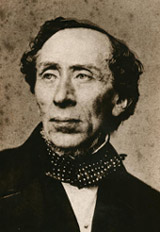 H. C. Anderson around 1860 Department of Cultural Studies University of Southern Denmark Bibliographic information, manuscripts, original (danisch) and translated (english) texts, letters, research, and more about Hans Christian Andersen
Simple micro-photography with a Nikon Coolpix digital camera |
The Drop of Water Of course, you must know what a microscope is, that round magnifying glass which makes everything look hundreds of times larger than it really is. If you take it and hold it close to your eye and look at a single drop of ditchwater, you'll see thousands of strange little creatures, such as you couldn't imagine living in a drop of water. But they are really there. They look almost like a plateful of shrimp, all jumping and crowding against each other, and they are so ferocious they tear off each other's arm and legs; yet in their own way they are happy and merry. Now, once there was an old man whom his neighbors called Krible-Krable, for that was his name. He always tried to make the best of everything, and if he couldn't do it any other way he would try magic. 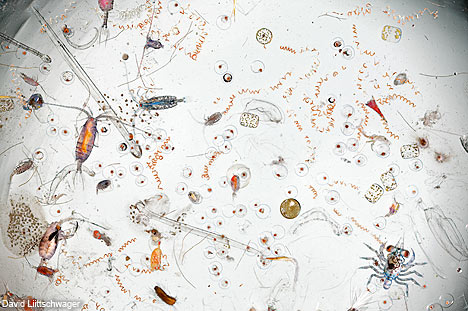 One day he sat with his eye glued to his microscope, peering at a drop of water taken from a puddle in the ditch. My! How it crawled and squirmed! All those thousands of little imps leaping and springing about, devouring each other, or pulling each other to pieces. «This is too hideous for words!» said the old Krible-Krable. «There must be some way to make them live in peace and quiet and each mind his own business.» But though he thought and thought he couldn't find the answer. So he decided to use magic. «At least I can give them a color,» he said, «so I can see them better.» And then he let fall into the water a tiny drop of something that looked like red wine, but was really witches' blood, the very finest kind, and worth two pennies. Instantly the strange little creatures became red all over, and the drop of water now looked like a whole town full of naked wild men.
«If you can guess what it is,» replied Krible-Krable, «I'll give it to you. But it's not very easy to find out if one doesn't know.» So the nameless magician peered down through the microscope. The scene before his eyes really resembled a town where all the inhabitants ran about without clothing. What a terrible sight it was! But it was still more horrible to see them kick and cuff, and struggle and fight, and pull and bite at each other. All those on the bottom were struggling to get to the top, and those on the top were being pushed to the bottom. «Look! Look!» the creatures seemed to be crying. «His leg is longer than mine! Bah! Off with it! And here's one with a little lump behind his ear! An innocent little lump, but it hurts him, and it'll hurt him more!» And they hacked at it and tore at him and devoured him, all because of the little lump. But one sat very quiet and still, all by itself, like a modest maiden, wishing for nothing but peace and quiet. But the others couldn't stand for that-they pulled her out, beat her, cut her, and ate her. «This is extremely amusing!» said the magician. «Yes, but what do you think it is?» asked Krible-Krable. «Can you find out?» «Why, that's easy to see,» answered the magician. «Of course, it is Copenhagen, or some other large city. I can't tell which, for they all look alike. But it's certainly some large city.» «It's a drop of ditchwater!» said Kribbel-Krabbel. |
Associations for Hobby Microscopy in Germany Mikrobiologische Vereinigung Hamburg (1911)
Mikrobiologische Vereinigung Hamburg (1911)
 Mikrobiologische Vereinigung München (1907)
Mikrobiologische Vereinigung München (1907)
 Tübinger Mikroskopische Gesellschaft (1992)
Tübinger Mikroskopische Gesellschaft (1992)
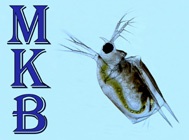 Mikroskopisches Kollegium Bonn
Mikroskopisches Kollegium Bonn
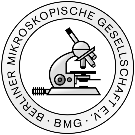 Berliner Mikroskopische Gesellschaft (1986)
Berliner Mikroskopische Gesellschaft (1986)
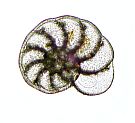 Mikroskopie Gruppe Bodensee
Mikroskopie Gruppe Bodensee
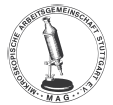 Mikroskopische Arbeitsgemeinschaft Stuttgart
Mikroskopische Arbeitsgemeinschaft Stuttgart
Links to Other Associations and Resources for Hobby Microscopy
Links by «Berliner Mikroskopische Gesellschaft»
 Mikrokosmos - The Magazine for Microscopy Published by Elsevier Published since 1907 (former. kosmos Verlag, Stuttgart) Read the German Version
Image Sources: |

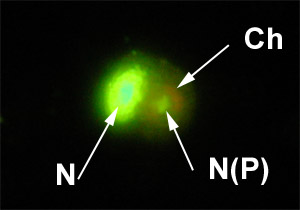
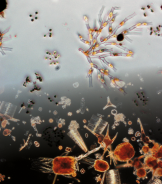 «What have you got there?» asked another old magician, who had no name at all, which made
him very distinguished.
«What have you got there?» asked another old magician, who had no name at all, which made
him very distinguished.